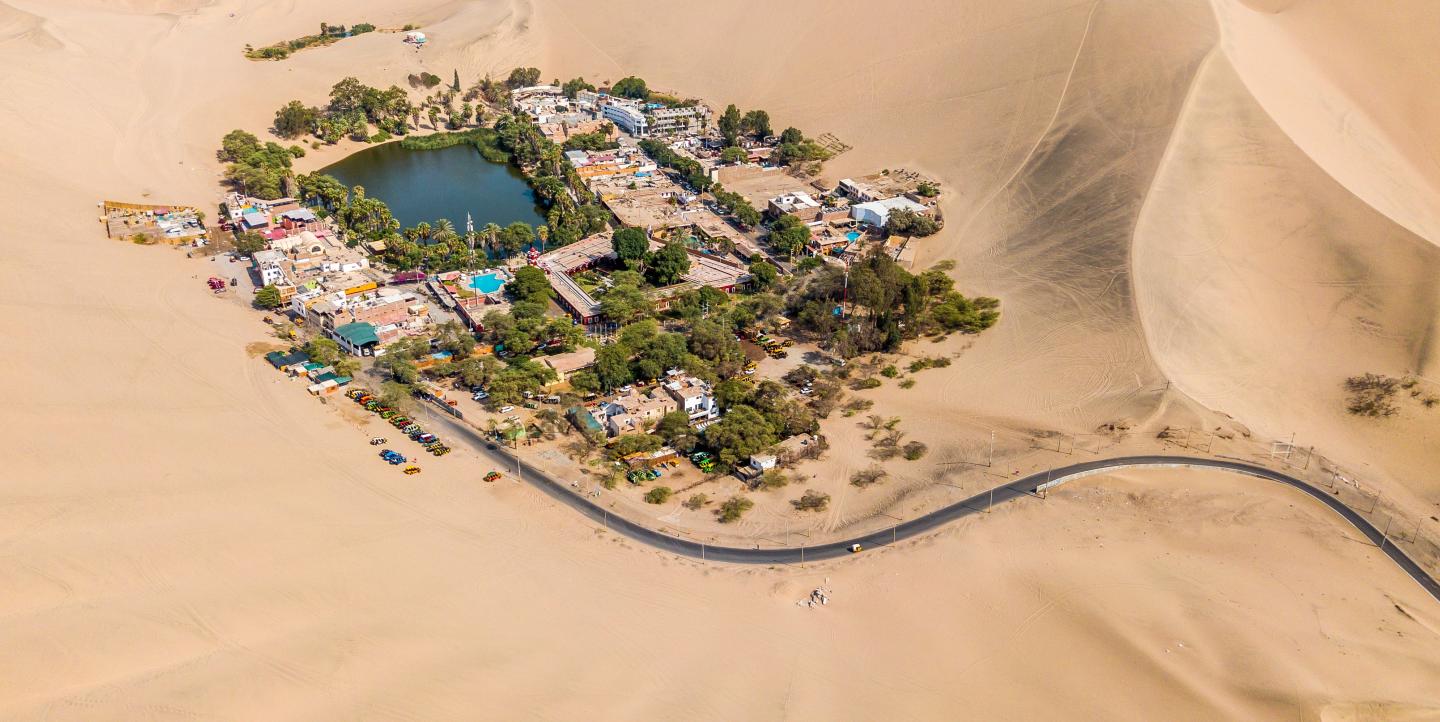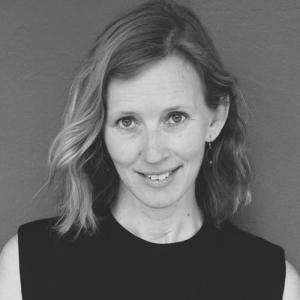Following a presentation I made about Project Oasis Europe at the Dataharvest European Investigative Journalism Conference in Mechelen, Belgium, in June, a man from the audience stepped forward, and expressed his appreciation for the findings we had just shared.
He explained how he had been trying to convince his colleagues for a couple months to invest in a salesperson in order to increase revenue, but they didn’t see the role as a priority. Now to help make the case, he said, he could point to our data showing that newsrooms that invest in business development build more sustainable organizations.
After extensive research on digital native media organizations, we – the Project Oasis Europe team – found that media outlets with at least one employee dedicated to revenue generation report average annual revenue six times higher than those without people in these roles. This is just one of the notable findings in our latest report.
We mapped 540 digital native media organizations in more than 40 countries in Europe to shed light on this innovative landscape and provide a foundation for identifying new kinds of media serving the public interest.
More than 85% of the outlets in our directory said that societal and human rights issues were key areas of their coverage, including topics related to migration, refugees, gender and feminism. Over 50% dedicate resources to investigative journalism, and many form alliances to cover stories across borders. At least 58% of the media founders featured in our report are women.
The directory
We launched Project Oasis Europe in April 2023, based on research conducted in the second half of 2022. Thanks to support from local partners, and a diverse team of researchers with local experience in the region, we identified more than 1,000 digital native outlets for potential inclusion, ultimately selecting more than 540 based on criteria such as editorial independence, original reporting, and transparency.
The researchers then conducted interviews with media leaders and reviewed publicly available information to create a directory of outlets. We consider this first version of the directory our “minimum viable product” (MVP) because it does not represent a final, exhaustive list of all independent digital media in Europe. It is a living database that we plan to update moving forward.
In the weeks and months after the launch, we have presented the project at conferences across Europe. Often, media leaders represented in our research are at these events. Many have told us that the project is helping them demonstrate their value to others. Being featured in the Project Oasis directory verifies they have met our criteria, and media leaders have told us that it makes them feel more confident when they reach out to funders, academics, policymakers and other key stakeholders to stress the importance of independent media in Europe. The directory also helps them connect with other journalists and freelancers writing on specific topics, and with media leaders who face similar challenges building their companies.
The report
The trends, insights and other information presented in our report are based on our analysis of the selected media outlets, and the information they provided us during the research phase.
One of the questions we always ask is: Why did you start a digital native media outlet in the first place? Media leaders we’ve interviewed cite many reasons, such as “not finding their place” in traditional organizations, or wanting more freedom to cover certain topics.
The local news site, Indip, in Sardinia, Italy, for example, was co-founded by a group of freelance journalists who said they were often prevented by the editors-in-chief of national and local newspapers from reporting stories that irked politicians or businessmen and women. With Indip, they are able to publish previously untold stories, covering issues such as criminal activity and corruption.
We found, too, that women media founders are breaking the glass ceiling: 46% of the outlets profiled had at least one woman on their founding team. The Austrian news site, Andererseits, is an example of a women-led newsroom that tackles serious social issues, incorporating the perspectives of often unheard voices. The three women founders describe its mission this way: “Although around 15-20% of people living in Austria have a disability, there are only a handful of journalists with disabilities. We change that.”
Qualitative data collected by our researchers in the report’s country summaries suggest that more than 65% of the outlets in our study exist in markets where media is controlled by a relatively small group of owners. In media markets where press freedom scores were low, digital native media often chose publishing platforms that made it easier to evade online attacks and surveillance. In Turkey, which is often cited as a challenging media market due to political polarization and government restrictions, many news leaders said they have opted for a social-first approach, avoiding publishing on a website altogether.
The media in our research are highly collaborative, and most have two or more co-founders. The model of cooperation is popular in northern Europe, where the Dutch research collective, Spit, provides fair wages to the freelance journalists it works with. The Bristol Cable is another example of a cooperative, financed by contributions from members who are also “democratic shareholders.” This means they can attend the organization's annual general meetings, vote on editorial campaigns, and stand in elections for the non-executive board of directors. The collaboration therefore does not only exist in partnerships with other journalists and organizations, but also in a tighter relationship with the audience for whom the content is made.
In our interactive media directory you will find descriptive profiles and searchable data points of the growing independent digital native media market in Europe. This includes the types of news and information the outlets cover, genres and techniques, team and management structure, business structure and revenue sources, and information about transparency.
After the Project Oasis Europe launch in April, we translated our key findings and country summaries into more than 30 local languages, to share the report more broadly in Europe. The country summaries include a description of the media landscape, information about press freedom, market structure, and funding, along with conclusions and recommendations for each of the more than 40 countries included. If you would like to submit a digital media news organization for possible inclusion in the media directory, visit the Project Oasis Europe website.
In 2024, SembraMedia will launch the first phase of a global media directory, which will include data from Europe, the U.S., Canada and Latin America. We will be seeking allies to help us add media from Asia, Africa and the Middle East down the line.
Photo by Willian Justen de Vasconcellos on Unsplash.


